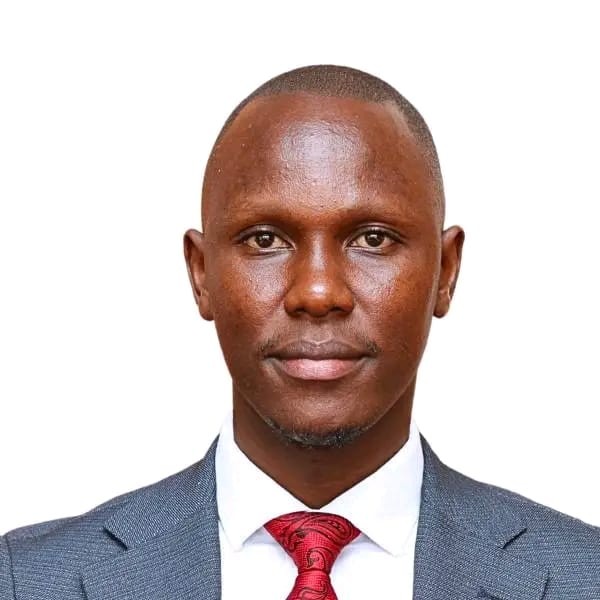By Reporter
In the vast and sun-baked plains of Kilifi County, the vision of transforming arid lands into fertile fields has long been a hope and a promise from the Kenya Kwanza Government. The Galana Kulalu Government Food Security Project, once heralded as Kenya’s beacon of agricultural innovation, has faced numerous hurdles, yet it remains a symbol of hope and ambition, resilience, and the country’s ongoing quest for food security and independence. Today, this colossal project, often overlooked amid national priorities, continues to stand as a giant waiting to be fully awakened.
The Dream of Galana Kulalu
Launched in the early 2010s, the Galana Kulalu project aimed to transform approximately 1000,000 acres of semi-arid land into a maize-producing and other horticultural hub to guarantee food security for Kenya and export. Strategically located along the Galana River, a vital water source, this initiative was seen as a revolutionary step toward reducing reliance on food imports and boosting local maize production to bridge the gap left by local farmers. The project was supposed to serve as a model for large-scale irrigation schemes in Kenya, showcasing how drylands could yield bumper harvests with the right interventions from the government. It promised not only increased food security but also employment opportunities, industrial growth through agro-processing, and a boost to the local economy.
Current State: The Challenges and the Promise
Despite the initial enthusiasm, the project encountered numerous challenges that hampered its progress. Funding constraints, bureaucratic delays, technical difficulties, and environmental concerns all played a part in stalling the once-anticipated giant food basket. Particularly, issues surrounding water supply and energy infrastructure jeopardized the project’s sustainability. Reliable irrigation, especially in semi-arid zones, hinges on a consistent water source and a stable power supply to pump water to the irrigation fields, both of which have proven elusive for many years yet, the government refuses to give up but to strategize and make this giant food project a reality. The resilience of the project can be traced through recent efforts by the government agencies aimed at revitalizing the initiative and unlocking its potential once again.
The Water Crisis and the Costly Pumping System
One of the critical bottlenecks is water pumping. The Galana Kulalu food project relies heavily on the River Galana to irrigate the vast maize fields. To achieve this, the National Irrigation Authority (NIA) has been operating an extensive pumping system to draw water from the river and channel it into the designated agricultural zones where center pivot pumps are used to irrigate these fields.
However, this operation comes at a steep cost. The NIA reportedly spends approximately one million Kenya shillings per day on diesel fuel alone just to keep the pumps running, leave alone repairs and maintenance of the generators. This figure underscores the high operational cost associated with the current water supply method, making the project economically unsustainable in its current form.
Imagine the scale of diesel consumption, trucks ferrying diesel into the arid plains, diesel generators humming day and night causing noise pollution, all draining resources and raising questions about the long-term viability of relying solely on fossil fuels for irrigation. This dependency on diesel not only increases operational costs but also raises environmental concerns, given the carbon footprint associated with fossil fuel combustion. The critical need to switch to more sustainable and cost-effective power sources has become more urgent.
A Bright Future: Power Electrification from the grid to Galana Kulalu by REREC
Recognizing these hurdles, the government has embarked on a strategic initiative through Rural Electrification and Renewable Energy Corporation (REREC) who engaged several contractors to overhaul the energy infrastructure that will support this noble project. The ultimate goal is to reduce dependence on diesel and harness cheap power from the grid including Solar energy from Malindi Solar substation at Weru primarily, to run the irrigation systems efficiently and sustainably and hence reduce the coast of production.
This vision materializes through the ambitious power electrification project, which aims to transmit power from the Malindi Solar Substation in Weru to Galana. The plan involves establishing a 45MVA,220/66Kv power substation at Weru and constructing a high-voltage transmission line, specifically a 66KV line that will connect the grid power hub at Malindi solar substation directly to the irrigation areas. Key to this energy overhaul is the establishment of a 2 x 23MVA, 66/33Kv transformation capacity substation at Galana Kulalu near the irrigation fields. This substation will serve as a critical node, transforming the high-voltage power flowing from the grid into usable levels for the irrigation pumps and other farm equipment and also to power the shopping centers and villages near the farms for lighting and economic empowerment. By so doing, the project intends to establish a reliable, cost-effective, and environmentally friendly power supply to auxiliary equipment, including water pumps and irrigation controls. The grid power source promises a significant reduction in operational costs, a cleaner environment, and improved sustainability for the agricultural enterprise. Indeed, this is a game changer from the government initiative to lower cost of food.
The Transformation Infrastructure: Transforming Vision into Reality
Mechanically, this means that the Galana Kulalu project will move from its reliance on expensive and polluting diesel operations to a more modern, energy mix comprising solar to power the irrigation system. The substation will distribute power across the irrigation grid, ensuring consistent and stable electricity supply vital for large-scale irrigation and crop production. This infrastructural investment not only symbolizes Government commitment to sustainable development but also underscores the importance of modernizing agricultural projects to meet contemporary environmental standards and economic demands.
The Bigger Picture: Reviving a National Treasure
While the project has faced delays and setbacks, this ongoing infrastructure development signifies a turning point in food production. It is a testament to the government’s recognition of Galana Kulalu’s importance in feeding the nation with a surplus for export.
Alfred Gogi, MIET, PET, KAPM, Reg,PET,MSc (Project management) and PhD student in Project Planning and Management The Writer is one of the project contractor’s engineers.


![IMG-20250919-WA0008[1]](https://westerninsight.co.ke/wp-content/uploads/2025/09/IMG-20250919-WA00081.jpeg)

